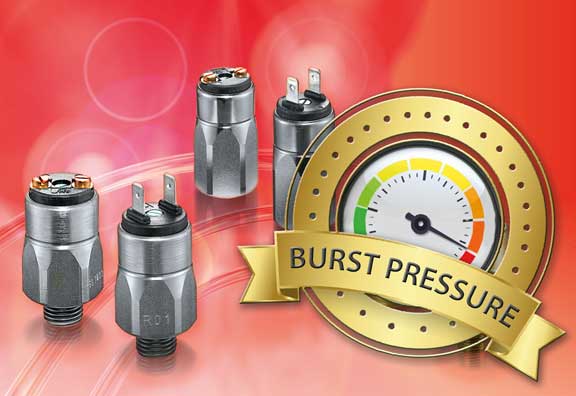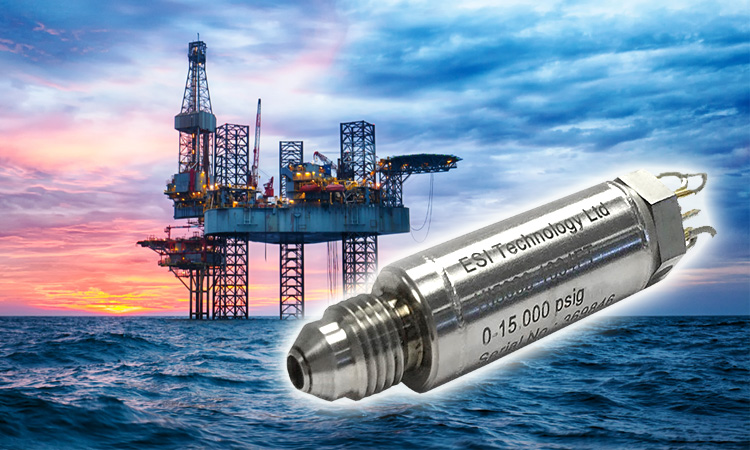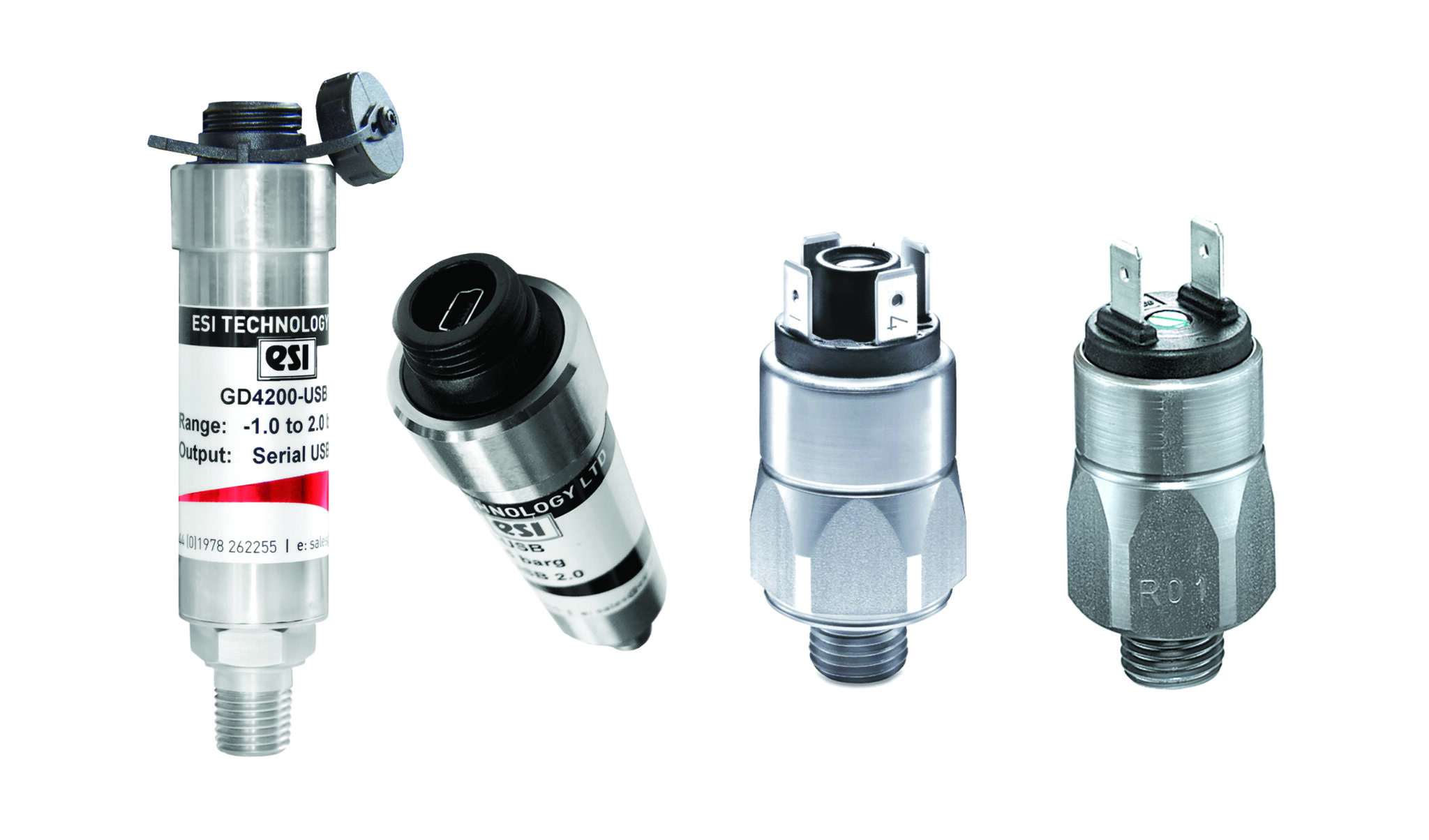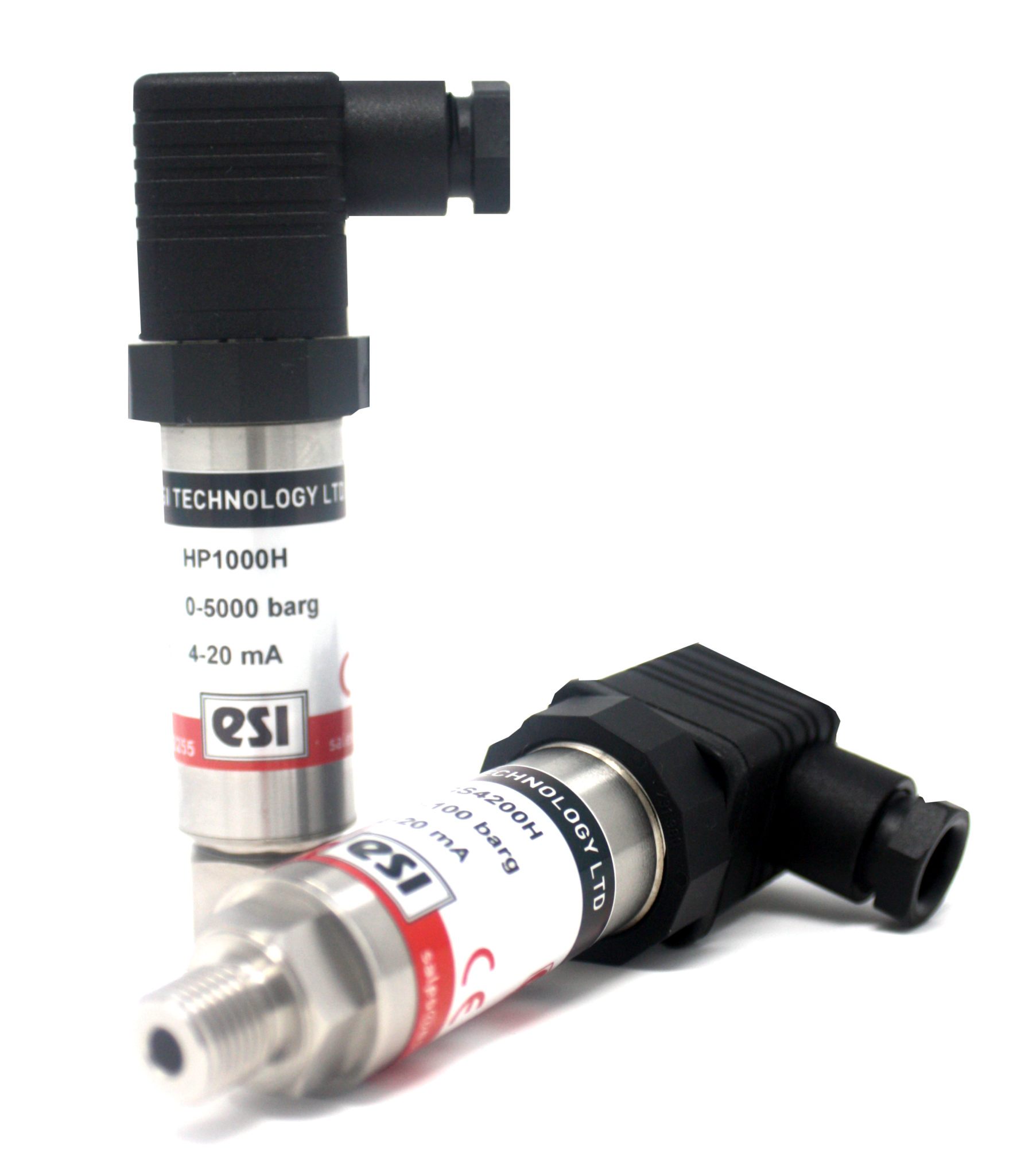
Overpressure and burst pressure are two terms commonly used in the context of pressure switches, vessels and systems, and they refer to different aspects of pressure management and safety. Here’s the difference between the two:
-
Overpressure:
- Overpressure refers to the pressure level within a vessel or system that exceeds its designed operating pressure but does not result in any structural damage or failure.
- Overpressure can occur due to various reasons, such as process upsets, temperature changes, or transient conditions. It is typically a temporary situation where the pressure exceeds the normal operating range but does not cause any harm or damage.
- Overpressure is generally a condition that can be managed and controlled within the safety margins of the equipment or system. Pressure relief devices like safety valves or relief valves are often designed to handle overpressure situations and prevent the pressure from rising beyond a certain threshold.
-
Burst Pressure:
- Burst pressure, on the other hand, is the pressure at which a vessel, container, or component will fail catastrophically, resulting in a rupture or burst. It is the point at which the structural integrity of the equipment is compromised, leading to a sudden and often violent release of the contents or energy stored within.
- Burst pressure is a critical parameter in the design and evaluation of pressure vessels and systems, as it defines the maximum pressure that the equipment can withstand before a catastrophic failure occurs.
- Engineers and safety standards specify burst pressure as a key factor in determining the safe working limits of pressure-containing equipment. Design factors, materials, and manufacturing processes are all considered to ensure that the burst pressure is significantly higher than the expected operating pressure.
In summary, overpressure refers to a temporary condition where pressure exceeds the normal operating range but does not cause structural failure, whereas burst pressure is the maximum pressure a vessel or component can withstand before it catastrophically ruptures. Proper engineering design and safety measures are essential to ensure that equipment is capable of withstanding pressures above the normal operating range without reaching the burst pressure.
SUCO’s mechanical pressure switches. are known for their defined temperature resistance, covering extreme conditions ranging from NBR down to -40°C, FFKM up to +120°C. The switches are designed to ensure long service life and outstanding overpressure safety.
The recent tests have confirmed that SUCO’s mechanical diaphragm and piston pressure switches have above-average overpressure resistance values. The company’s continuous product development has resulted in further improvement of overpressure safety and bursting pressure, which has a positive effect on product service life and operational safety.
The average burst pressure within the fluid market is approx. 20-30 % higher than the overpressure safety. With burst pressure values of up to 1.75 times the overpressure safety, SUCO switches are significantly higher, which has a positive effect on the service life and operational safety.
Let us offer the pressure switch or pressure transducer that best fits your application.
Contact us > Phone: 1-800-473-7313 | Email: sales@sucoesi.com





